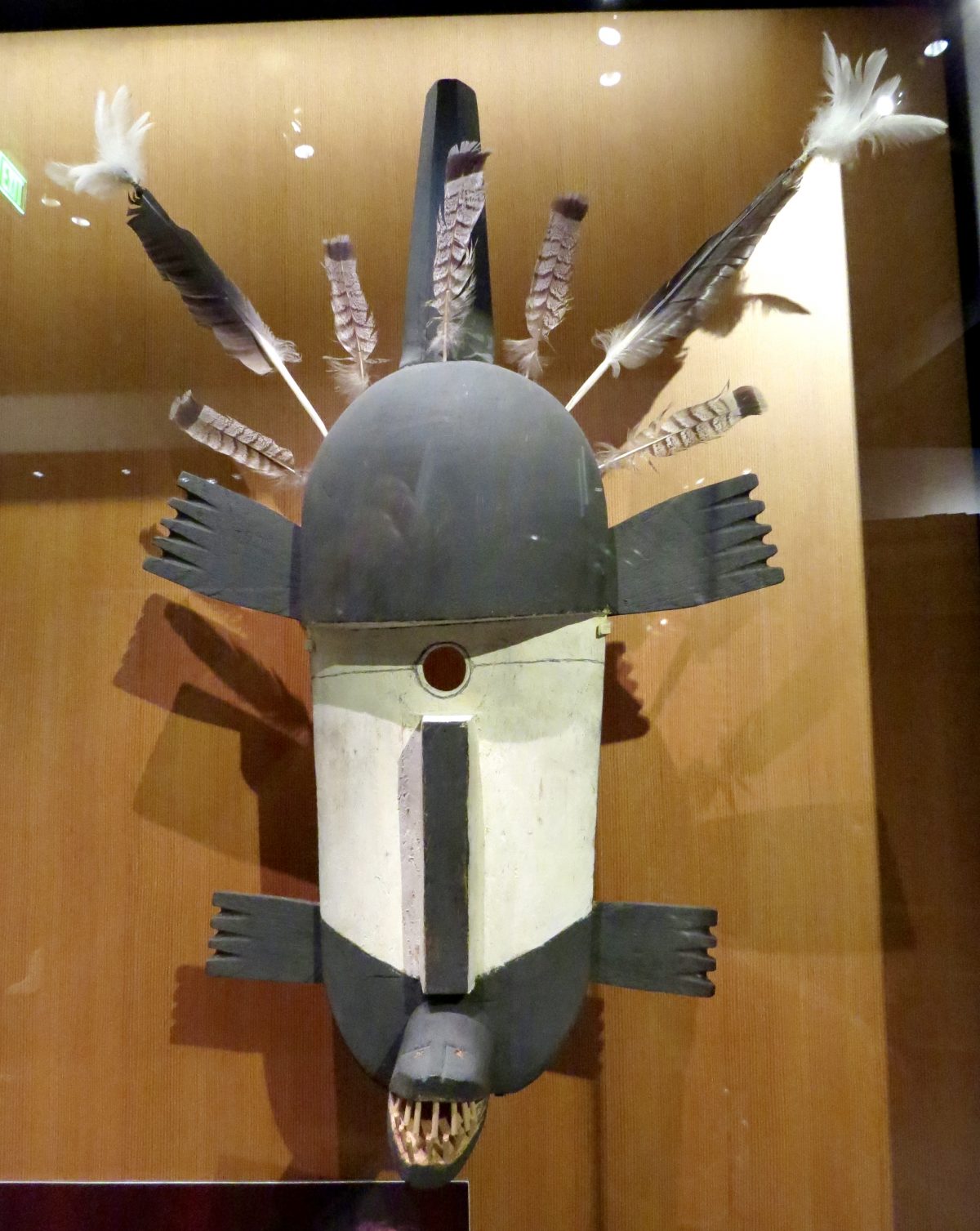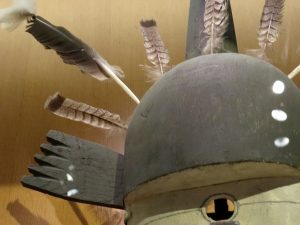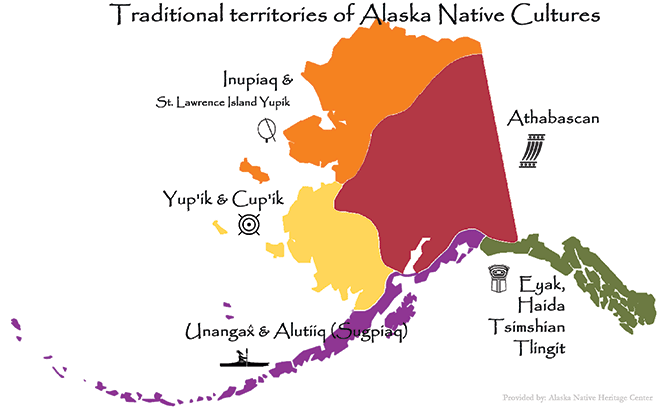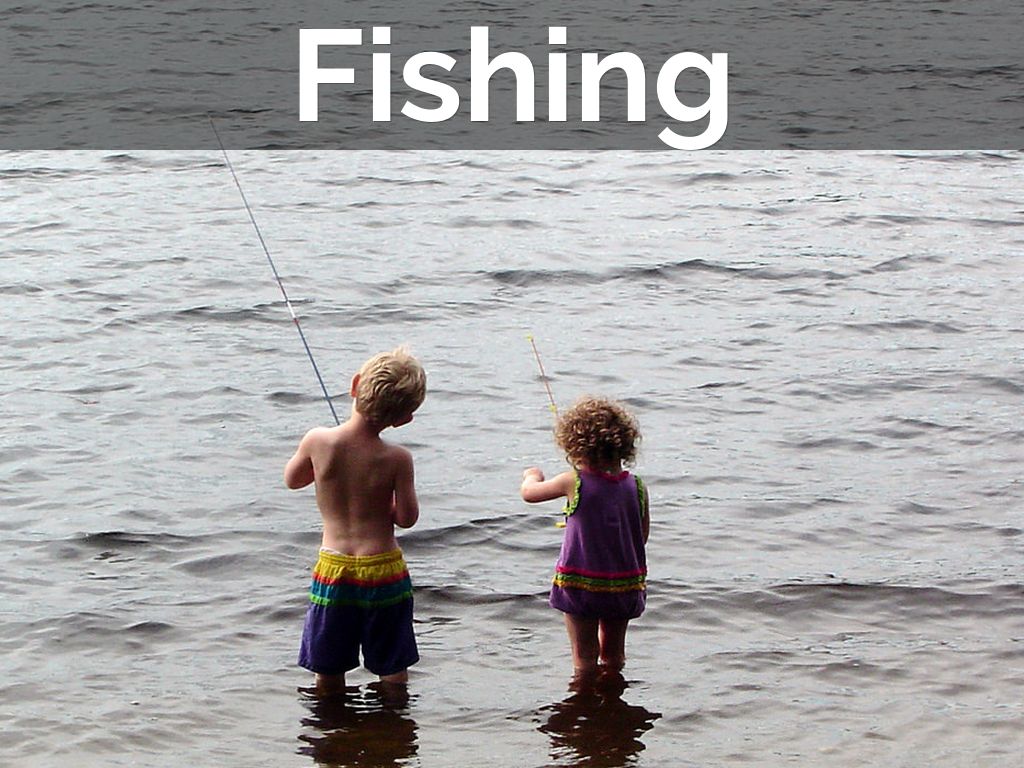Giyema Otter mask (Alaska State Library collection 11-C-177)
– Who created it: Billy Williams (Deg Xinag Athabascan)
– Where the object is from: Interior Alaska
– When the object is from: 1971
– What drew you to this object: Stood out from the other Athabasca objects; it was different
– What else would you like to know about this object or its maker?:
This object was very different from the other items in the Athabascan collection at the Alaska State Museum in Juneau. Looking into the background a little more revealed that this mask had influences from the neighboring northern Yup’ik group. Historically the Yup’ik have a rich mask making tradition, the Athabascan group does not.
I would like to know if the Athabascans formally traded for this mask making design or if it was adapted into the art from a handful of artists on their own. I wonder if this mask and masks like it were used in ceremonies or if they were purely decorative. Art has many influences. I wonder who or what influenced the Yup’ik to make the type of masks that influenced the Athabaskan. If you pull the thread, it unravels on and on.




